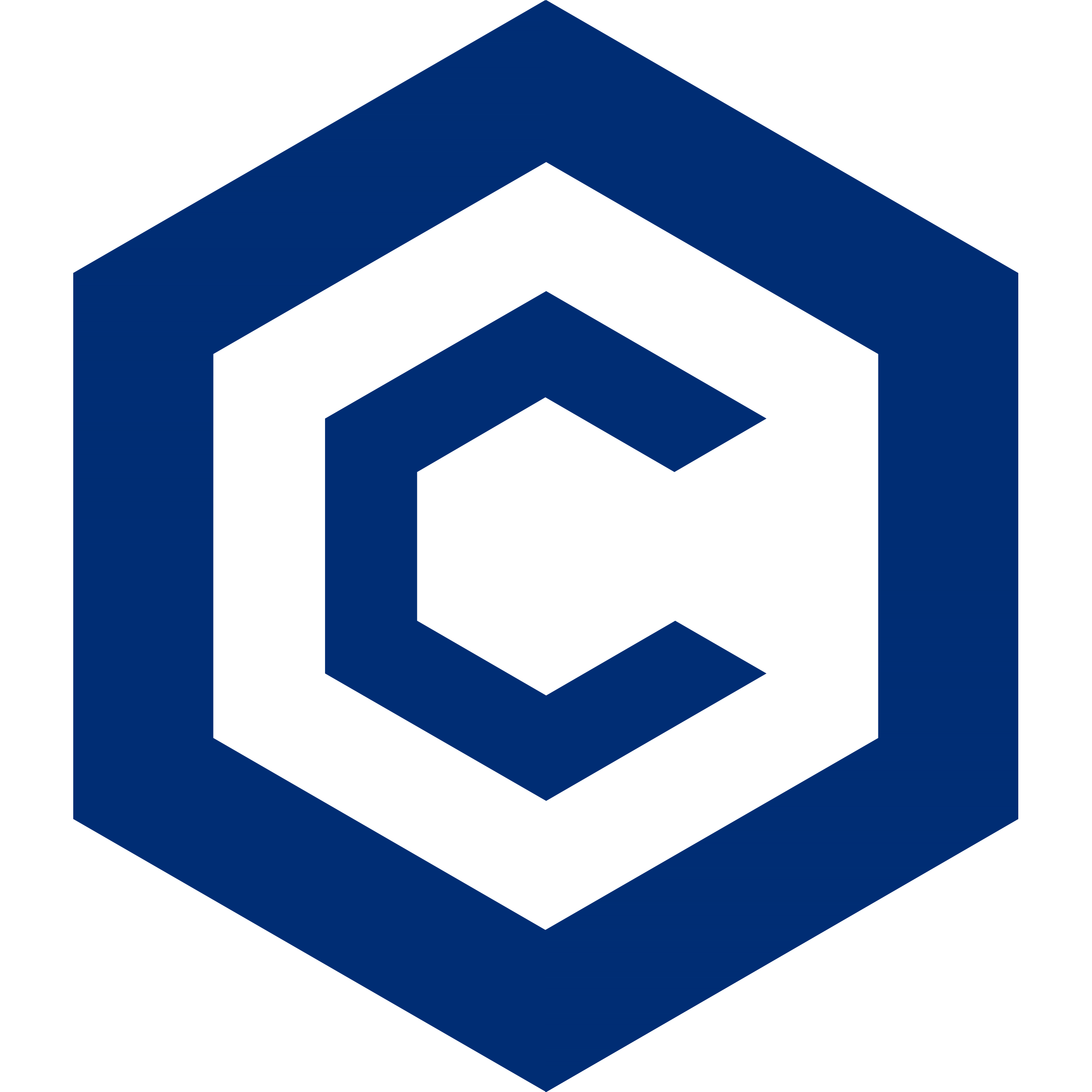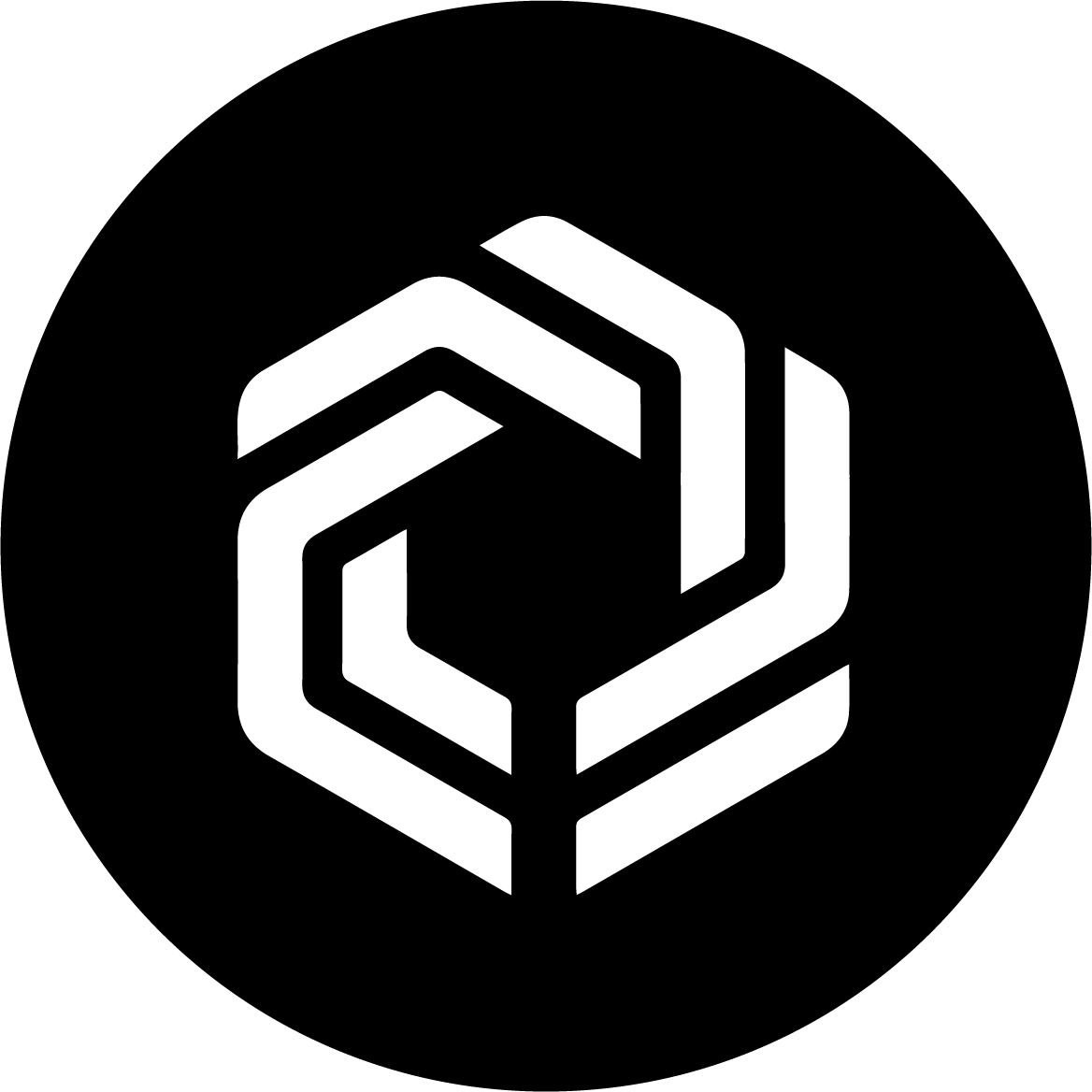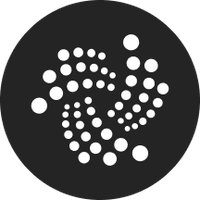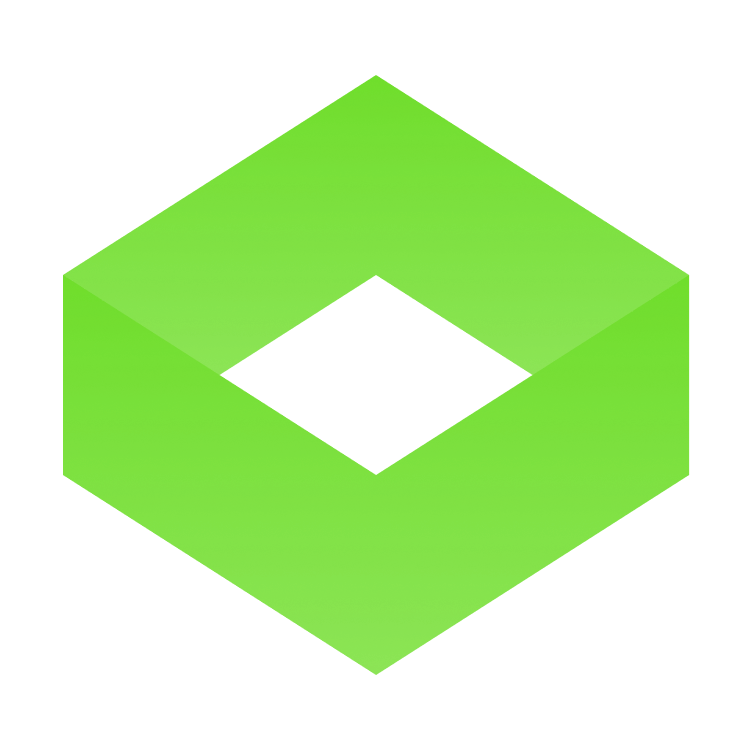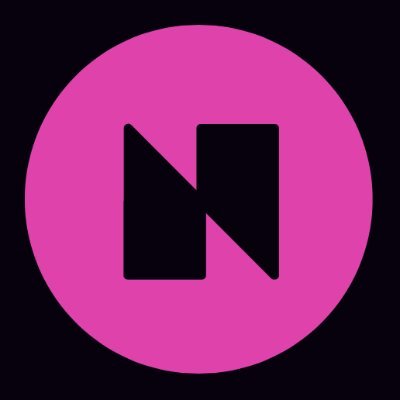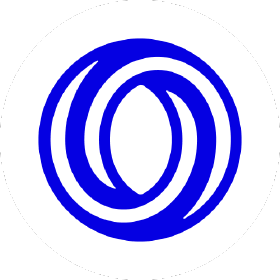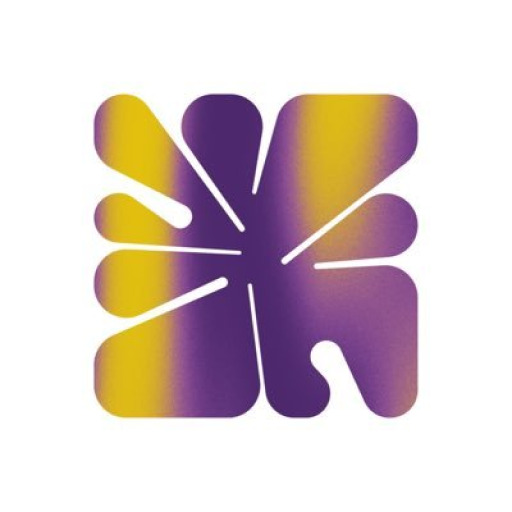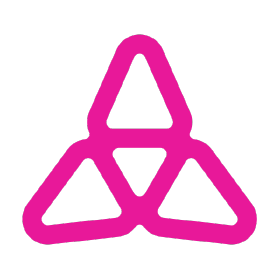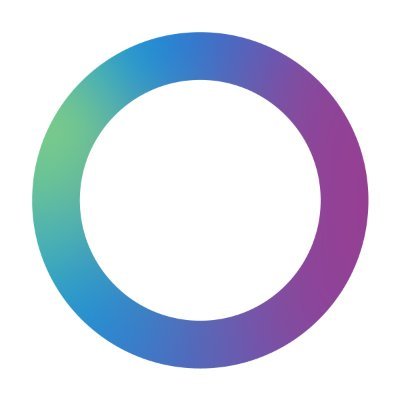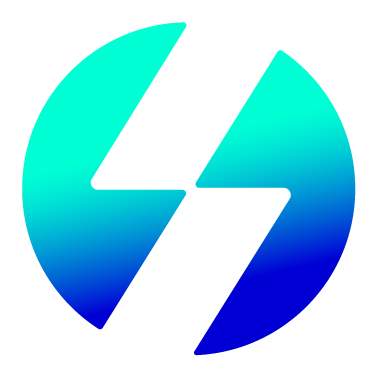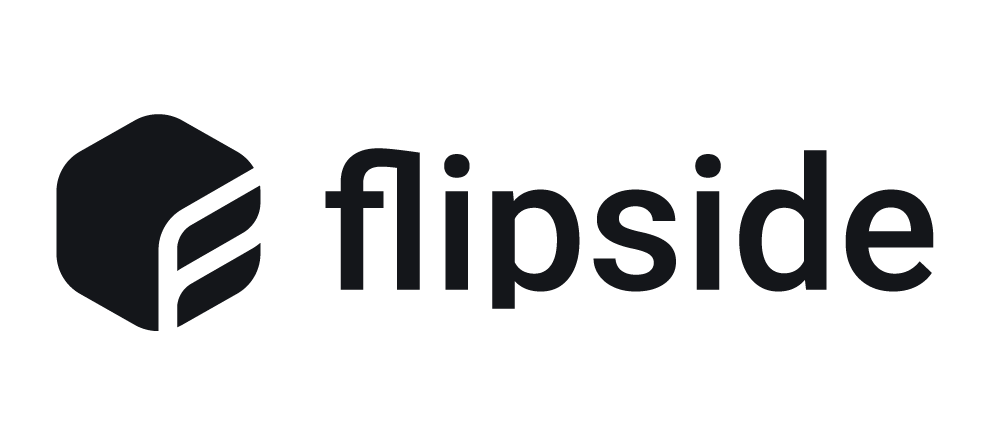
Subgraphs
The Graph is a decentralized indexing protocol that organizes blockchain data and makes it easily accessible via GraphQL.
Overview
The Graph is a decentralized indexing protocol designed to organize blockchain data and make it easily accessible through GraphQL queries. It enables developers to build fast, reliable, and scalable decentralized applications (dapps) without the need to run their own data servers or build complex indexing infrastructure. By indexing blockchain data into open APIs called subgraphs, The Graph allows applications to query data efficiently and with low latency.
The protocol is powered by a decentralized network of participants including Indexers, Curators, Delegators, and Subgraph Developers. This distributed architecture ensures high availability and resilience, with uptime exceeding 99.99%. The Graph supports a wide range of blockchain networks and hosts tens of thousands of subgraphs covering DeFi, NFTs, DAOs, gaming, and analytics. Developers can either use existing subgraphs or create their own to organize smart contract data.
Getting started with The Graph involves three main steps: discovering or creating a subgraph to define the data schema, querying the subgraph using GraphQL, and serving the queried data in your application frontend. This workflow simplifies access to complex blockchain data and accelerates dapp development. The Graph also offers advanced products like Substreams for streaming data and a Token API for token balances and pricing data. Comprehensive documentation, a rich ecosystem, and active community support make onboarding straightforward for developers of all skill levels.
The Problem
Accessing and organizing blockchain data is complex and resource-intensive, requiring developers to run costly infrastructure or parse raw data manually. This creates barriers to building responsive and scalable decentralized applications.
The Solution
Key Features
Subgraphs Alternatives
Explore web3 competitors and apps like Subgraphs.

Streams
Pricing
Hosted Service | Decentralized Network | |
|---|---|---|
| Price (Monthly) | Free | Custom pricing |
| Price (Annual) | Free | Custom pricing |
| Messaging | N/A | N/A |
| Support | Community support via Discord and GitHub | Dedicated support for Indexers and Delegators |
| Analytics |
Start Building Now
Reliable RPC, powerful APIs, and zero hassle.
Resources
The Graph provides extensive resources including detailed documentation, tutorials, blog posts, and video guides to help developers build and deploy subgraphs, participate in the network, and integrate blockchain data efficiently.











